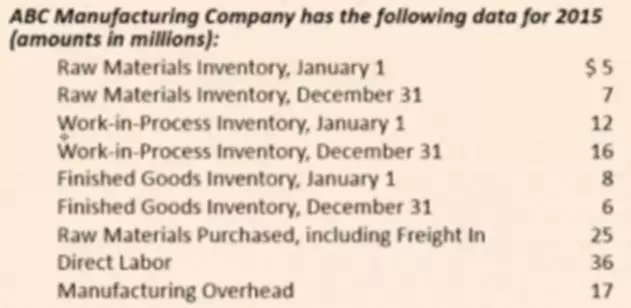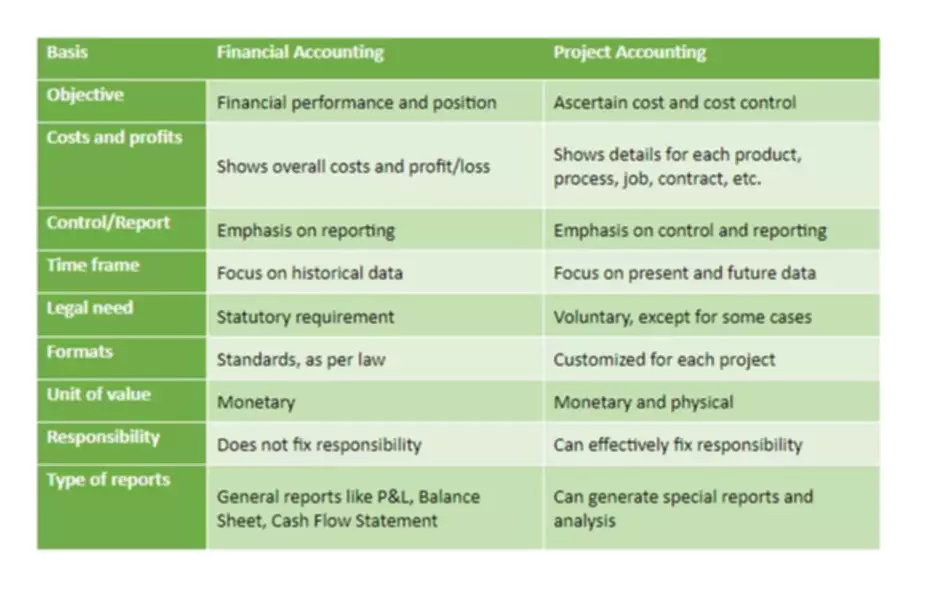Content

An exception to the above two options relates to current liabilities being refinanced into long-term liabilities. In addition, a liability that is coming due but has a corresponding long-term investment intended to be used as payment for the debt is reported as a long-term liability.

In evaluating solvency, leverage ratios focus on the balance sheet and measure the amount of debt financing relative to equity financing. US GAAP and IFRS share the same accounting treatment for lessors but differ for lessees. IFRS has a single accounting model for both operating leases and finance lease lessees, while US GAAP has an accounting model for each. Long-term Liabilities on the balance sheet determine the integrity of the business.
Long-Term Liabilities definition
The long-term debt is most often tied to major purchases used over time to operate the business. There are a few different methods that can be used to calculate long-term liabilities. The most common method is the discounted cash flow method, which takes into account the expected cash flows and discounts them using a discount rate. This method gives a more accurate estimate of the present value of the liabilities.
The numbers in parentheses refer to the chapters in which the accounts are discussed. Any of these liabilities which are not paid within the next 12 months are long-term debt. However, since the government has not yet paid the money back to the business, it is recorded as a liability. Long-term liabilities are liabilities that are not due within a year or https://www.bookstime.com/ within the normal operating cycle of the business. Solvency refers to a company’s ability to meet its long-term debt obligations. Debt covenants impose restrictions on borrowers, such as limitations on future borrowing or requirements to maintain a minimum debt-to-equity ratio. They are obliged to get the money until the company is declared insolvent.
Accounting Principles II
The Shareholders’ Equity Statement on the balance sheet details the change in the value of shareholder’s equity from the beginning to the end of an accounting period. The term ‘Liabilities’ in a company’s Balance sheet means a particular amount a company owes to someone . Or in other words, if a company borrows a certain amount or takes credit for Business Operations, it must repay it within a stipulated time frame.
- Below is a screenshot of CFI’s example on how to model long term debt on a balance sheet.
- Although, it is necessary for the long-term investment to have enough funds to pay for the debt.
- The Shareholders’ Equity Statement on the balance sheet details the change in the value of shareholder’s equity from the beginning to the end of an accounting period.
- Civilian employees and TRS members hired since April 1, 2012 contribute between 3 percent and 6 percent based on wages for the entirety of employment.
- When all or a portion of the LTD becomes due within a years’ time, that value will move to the current liabilities section of the balance sheet, typically classified as the current portion of the long term debt.
- DividendDividends refer to the portion of business earnings paid to the shareholders as gratitude for investing in the company’s equity.
- Janet Berry-Johnson is a CPA with 10 years of experience in public accounting and writes about income taxes and small business accounting.
This guide will discuss the significance of LTD for financial analysts. Current obligations are much more risky than non-current debts because they will need to be paid sooner. The business must have enough cash flows to pay for these current debts as they become due. Non-current liabilities, on the other hand, don’t have to be paid off immediately. Long-term liabilities are the sum of all the money owed to other persons by a business, over a longer period. When a business lists long-term liabilities in their accounts, the current portion of this debt is separated from the rest of the debt.
Long-term liabilities
The term Long-term and Short-term liabilities are determined based on the time frame. Long-term liabilities that need to be repaid for more than one year and anything which is less than one year are called Short-term liabilities. Noncurrent liabilities are business’s long-term financial obligations that are not due within the following twelve month period. She is an expert in personal finance and taxes, and earned her Master of Science in Accounting at University of Central Florida. NYCERS, TRS, and BERS are multiemployer plans, meaning that some of the membership is for non-City employers, including NYC Health + Hospitals and the New York City Housing Authority. The pension funds’ total liability, including non-City employers, is $234.5 billion. From startup loans to get you off the ground to bridging loans to keep your cash flow ticking over, businesses commonly use loans to facilitate their operations.
As you can see in the example below, if a company takes out a bank loan of $500,000 that equally amortizes over 5 years, you can see how the company would report the debt on its balance sheet over the 5 years. Long-Term Liabilitiesmeans all Indebtedness and other long term liabilities of the Company or any of its subsidiaries on a consolidated basis determined in accordance with GAAP . Any pre-payment or other penalties required to be paid in connection for Indebtedness to be repaid in full on the Closing Date shall be included in the calculation of Long Term Liabilities for this purpose. Long-term liabilities are reported in a separate section of the balance sheet, as shown below.
The dividend rate can be fixed or floating depending upon the terms of the issue. However, their claims are discharged before the shares of common stockholders at the time of liquidation. All line items pertaining to long-term liabilities are stated in the middle of an organization’s balance sheet. Current liabilities are stated above it, and equity items are stated below it.
Deferred tax liabilities typically extend to future tax years, in which case they are considered a long-term liability. Mortgages, car payments, or other loans for machinery, equipment, or land are long term, except for the payments to be made in long term liabilities the coming 12 months. The portion due within one year is classified on the balance sheet as a current portion of long-term debt. Owing others money is generally perceived as a problem, but long-term liabilities serve positive functions as well.
Module 12: Non-Current Liabilities
These Sources include White Papers, Government Information & Data, Original Reporting and Interviews from Industry Experts. Learn more about the standards we follow in producing Accurate, Unbiased and Researched Content in our editorial policy. This could be revenue owed to you by other businesses or even revenue that is late due to a delay in processing. There are many examples of long-term liabilities, and we will list a few here. An issuer amortises any issuance discount or premium on bonds over the life of the bonds. FREE INVESTMENT BANKING COURSELearn the foundation of Investment banking, financial modeling, valuations and more.
- Retiree health benefits and debt service are forecast to grow more rapidly, to 18.9 percent and to 22.5 percent, respectively.
- Lessees reporting under IFRS and finance lease lessees reporting under US GAAP recognize a lease liability and corresponding right-of-use asset on the balance sheet, equal to the present value of lease payments.
- GoCardless is authorised by the Financial Conduct Authority under the Payment Services Regulations 2017, registration number , for the provision of payment services.
- The reported interest expense on bonds is based on the effective interest rate.
- Although permitted to do so, few companies opt to report debt at fair values on the balance sheet.
- When companies take on any kind of debt, they are creating financial leverage, which increases both the risk and the expected return on the company’s equity.


















Discussion about this post